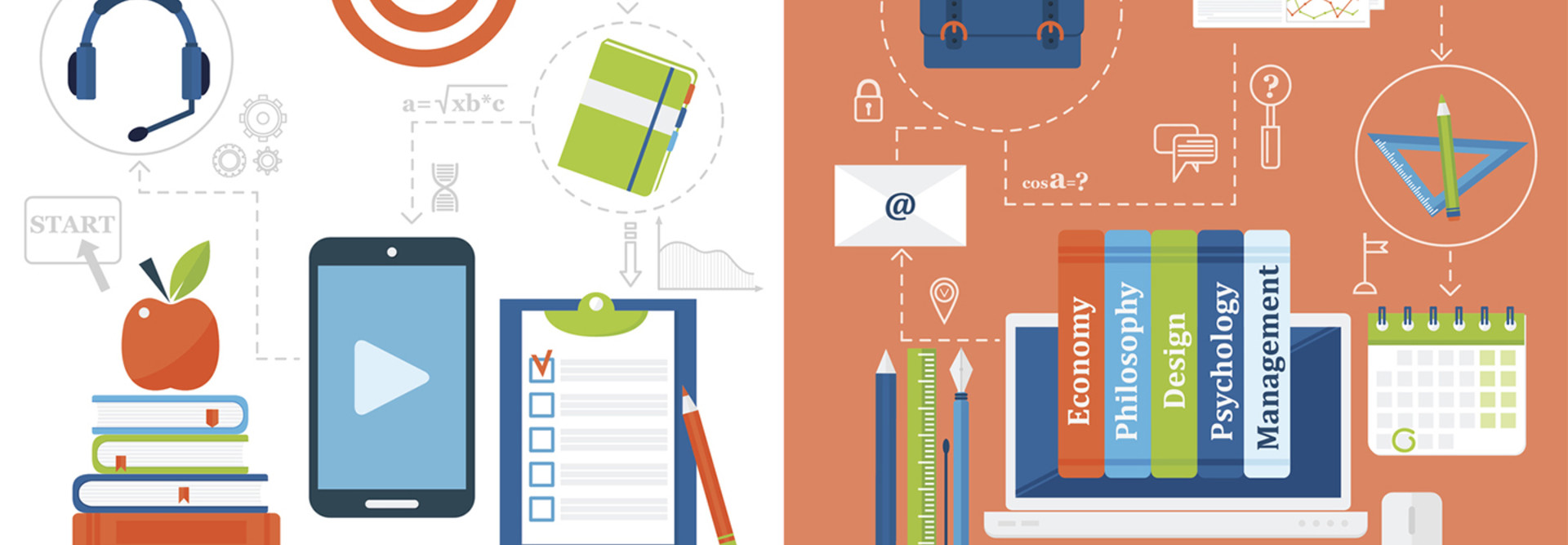3 Ways to Continue Learning at Home with Technology
Students, parents and teachers agree that more at-home learning time with digital tools is a must. So why aren’t many schools meeting this demand?
In a 2016 Deloitte survey of K–12 public and private school educators, parents of school-age children, and K–12 students themselves, the majority of these three groups indicated they wanted more at-home learning with digital tools to supplement school work.
However, the survey found that only 33 percent of educators are regularly making this happen.
The survey also found that teachers are often not providing these opportunities because they perceive boundaries that might not actually exist, in terms of parental assistance. A large majority (88 percent) of parents surveyed are very or somewhat interested in having more at-home digital content to supplement school work.
Though a digital divide does exist in terms of at-home connectivity, some schools have successfully used technology to expand the school day beyond the last bell.
1. Educational Gaming Can Boost Creativity and Critical Thinking Outside of School
Surveys have found that 47 percent of children ages 4 to 13 play digital games daily. A study out of Australia even found that students who played games in their free time instead of logging in to social media sites got higher scores on standardized tests.
Minecraft, a game launched in 2009, had such a popularity explosion that Microsoft purchased it for $2.5 billion. Columnist Kim Komando says on USA Today’s website that Minecraft has helped her son with creativity and real-world skills like resource management.
“Even if they don’t realize it, kids are learning cost-benefit analysis, when to save vs. spend and other key budgeting and financial skills so important later in life,” writes Komando.
With games like Minecraft — ones that help students expand their creativity — now coming into the classroom with an Education Edition, more possibilities for learning through games have opened up.
2. Blended Learning Programs Change the Shape of Classroom Learning
In the Deloitte survey, one of the wishes both educators and parents had for digital tools was taking full advantage of their ability to foster collaboration between students.
Blended learning programs — where students participate in a combination of online learning from home and in-classroom experiences — have the potential to make learning an anywhere, anytime experience.
At Oak Ridge Schools in Tenn., educators have been using a blended learning program with the Canvas learning management system, an LMS that has helped teachers assign more in-depth projects that exceed the normal classroom time and require students to work together more, reports Oak Ridge Today.
“Students are able to collaborate through Canvas and edit projects from other group members,” Garfield Adams, principal of Robertsville Middle School, told the newspaper. “This engagement has increased student learning and has truly converted the way our students use thinking and problem solving.”
3. Cloud Applications Helps Teachers Assist at Anytime
Thanks to cloud applications like G Suite for Education, collaboration between student and teacher at schools like Maine Township School District 207 is able to happen at any time. That means teachers are able to provide feedback as students are struggling.
In Google Education’s impact portrait of an implementation of Chromebooks and G Suite at Arcadia Unified School District in California, the company noted that students are thriving because they can access resources and collaborate outside of classes more easily, and even the youngest students can send out emails asking for help.
“Because students have access to their Chromebooks and Google Drive outside of the classroom, they engage with classmates in real-time, even if they are absent,” the impact portrait reports. “This decreases the loss of instructional time and models essential communication and collaboration skills for the classroom and the workplace of the future.”









